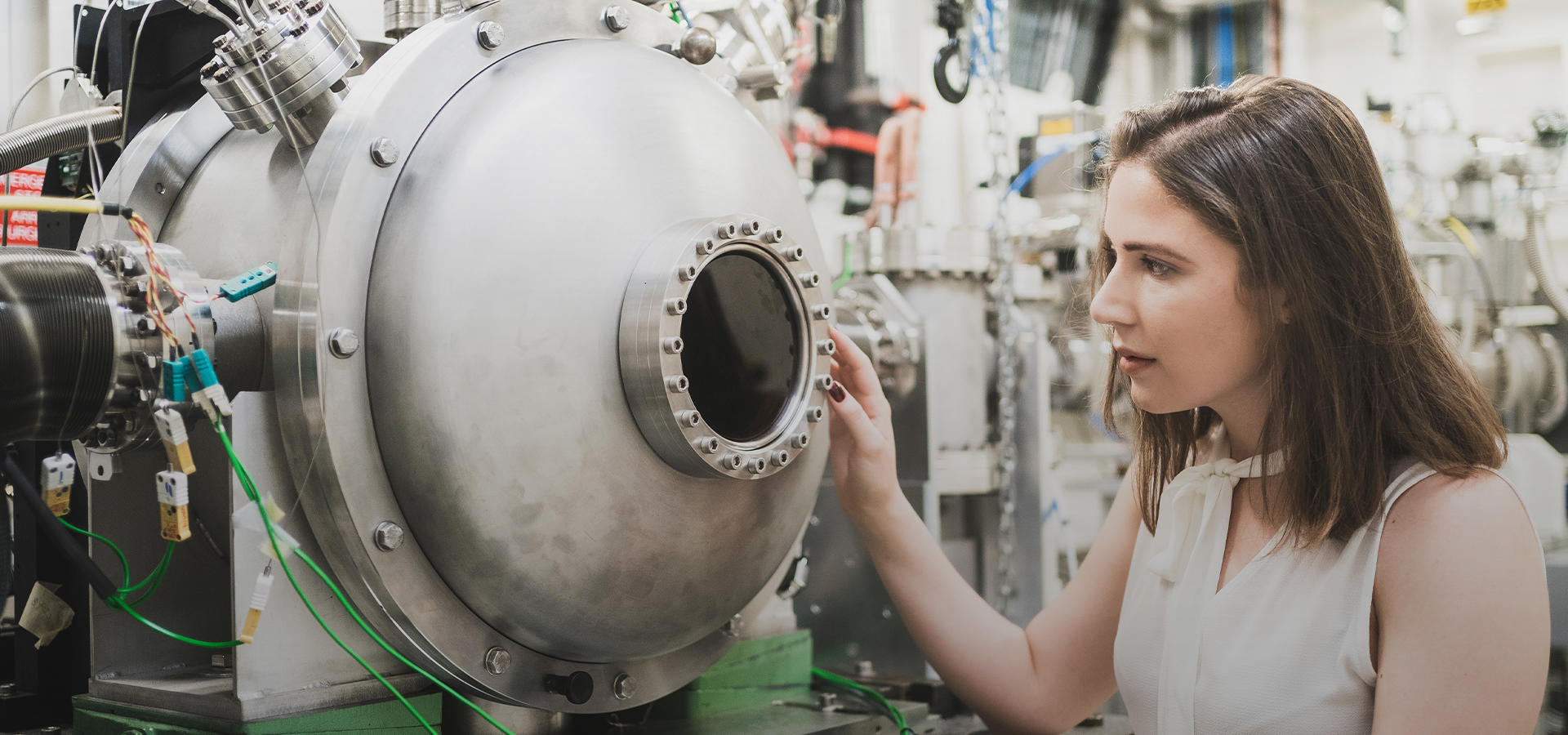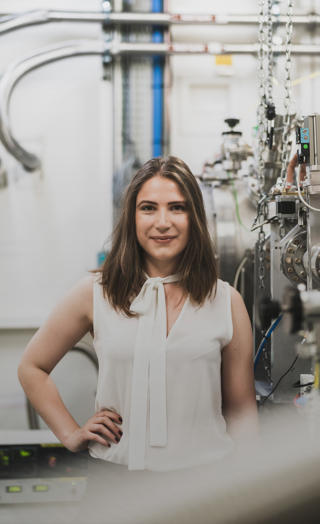With my job, I enhance the precision andstability of the image data for the scientists at work. Specifically, I analyse fluid behaviour within optical cooling systems. This is important because as beam precision improves with EBS, it becomes increasingly challenging to keep vibrations from optics at bay.
I love to do my PhD in a research facility where everyone is driven by new findings, growth, and technology breakthroughs. Working as a mechanical engineer at the synchrotron is fascinating, as multiple disciplines are integrated to produce the brightest x-rays. The synchrotron cannot function at its peak without multiple interconnected mechanical components working together. The synchrotron environment gives you broad exposure to a wide range of mechanical engineering fields, such as fluid dynamics, thermal dynamics, mechanical design, vibrations, fluid-structure interaction. As a mechanical engineer, there is always a new skill to learn, discover, and ways to broaden your horizons.
When the possibility to do a PhD at the ESRF came up, I was intrigued
about working in an institute that is at the forefront of technology.
The ESRF has exceeded my expectations as it is such an enriching
experience with a supporting team. I also love the mountains and, for
the first time, I’ve experienced snow, which is not common in my sunny
home country, South Africa.

